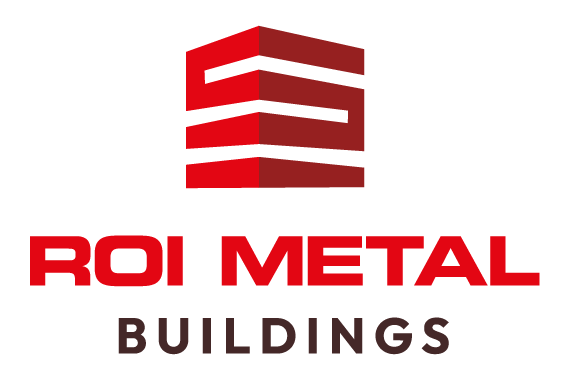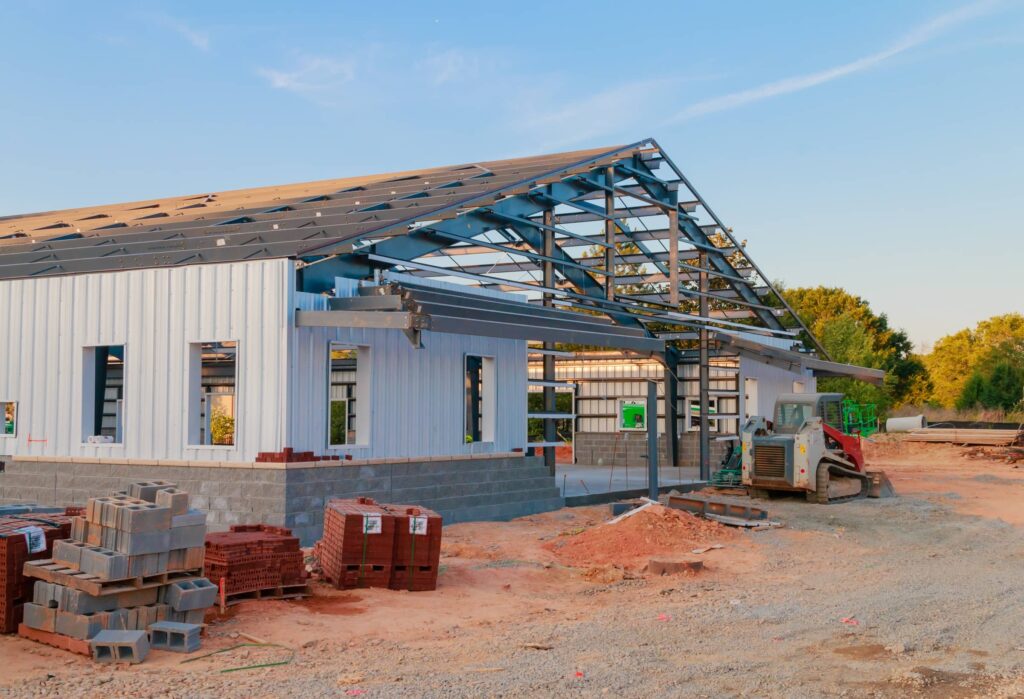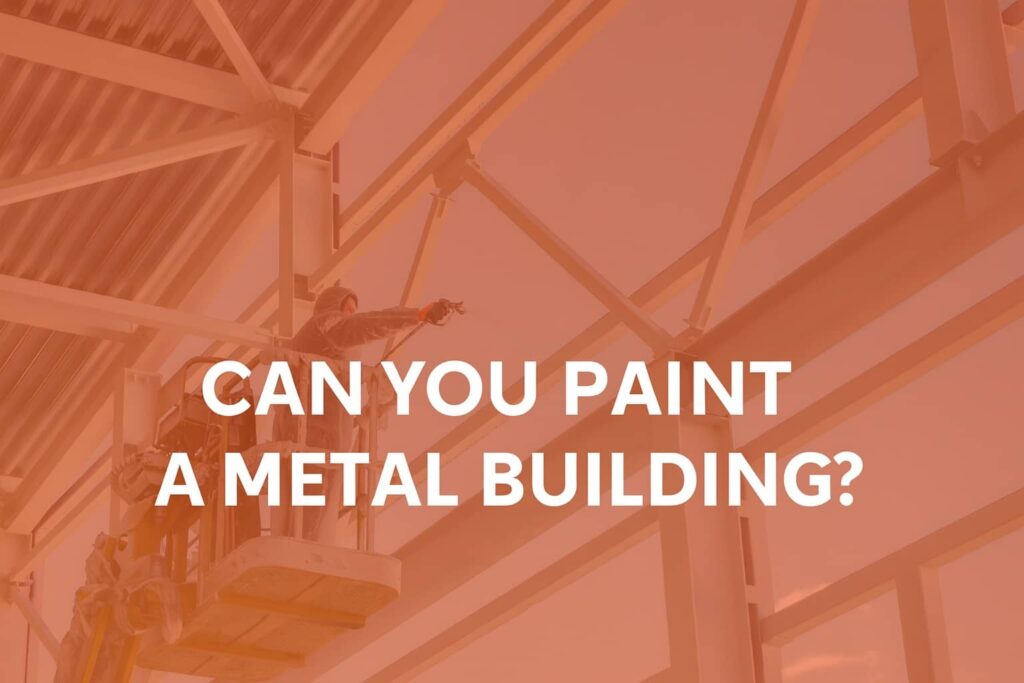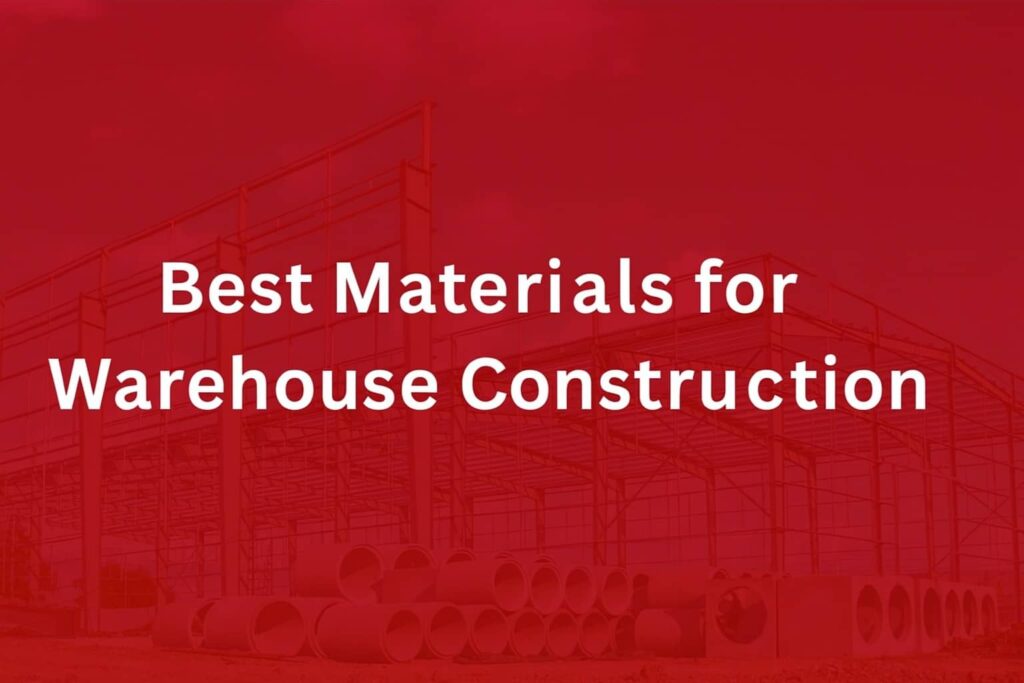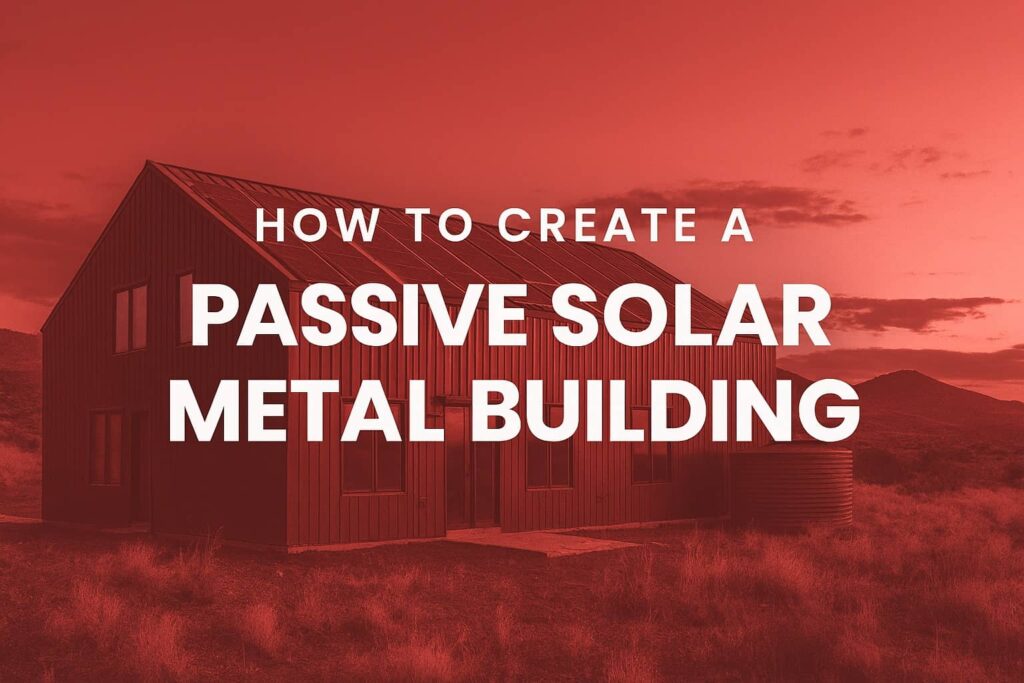Table of Contents
Metal Building Pros and Cons
Metal building construction offers significant advantages across industrial sectors, such as durability, rapid assembly, and cost-effectiveness. Steel and aluminum structures provide 40-60 years of reliable performance with minimal maintenance. Challenges include thermal conductivity issues and design constraints requiring specialized insulation and standardized components. Prefabricated panels enable quick deployment while maintaining structural integrity. In this article, we’ll break down the pros and cons of metal buildings, compare them to other construction processes, and help you decide what will work best for your unique project.
Key Takeaways
- Exceptional durability and longevity with minimal maintenance, offering superior resistance to environmental challenges like extreme weather and pest infiltration.
- Cost-effective construction with rapid assembly timelines, enabling quicker project completion and potential long-term savings through reduced replacement expenses.
- Inherent material challenges include high thermal conductivity and potential rust risks requiring specialized insulation and protective coating strategies.
- Standardized pre-engineered designs limit architectural flexibility, creating trade-offs between cost-efficiency, unique spatial configurations, and visual complexity.
- Advanced computational modeling and prefabrication techniques allow tailored metal building solutions across residential, commercial, and industrial sectors with enhanced performance predictability.
What are the Pros and Cons of Metal Buildings?
Metal building construction presents a complex landscape of engineering challenges and significant structural advantages. Evaluating the pros and cons of metal buildings reveals multifaceted considerations for architectural and industrial applications. Key benefits include rapid construction, durability, cost-effectiveness, and excellent structural integrity. Conversely, challenges encompass potential corrosion, thermal conductivity limitations, and aesthetic constraints. Thermal insulation requirements and potential condensation issues require unique and unconventional design strategies. The advantages and disadvantages of metal buildings need careful analysis that weighs performance against cost. You must understand material properties, environmental factors, and basic engineering concepts to implement them successfully.
Understanding Metal Buildings
Modern metal building systems are all about flexibility and innovation in construction, moving beyond traditional methods. These buildings are primarily made from steel or aluminum and are designed to be efficient and adaptable, serving a variety of industries. Whether it’s for storage, industrial workshops, agricultural facilities, or even residential uses, metal buildings play a vital role.
What sets them apart are their prefabricated panels, strong framing, and modular designs, which allow for quick construction, exceptional durability, and cost savings. The construction process includes careful fabrication, site preparation, foundation work, framework assembly, and panel installation, all of which ensure that these structures perform well in various environmental conditions.
Pros of Metal Buildings
2.1 Durability and Longevity
Engineering innovations have significantly improved construction materials and metal buildings stand out for their durability and long lifespan. The structural integrity of these buildings is crucial, and both steel and aluminum offer excellent resistance to environmental challenges such as moisture, temperature changes, and wear over time. Modern technologies in metal building construction include corrosion-resistant treatments and advanced protective coatings, which greatly enhance their longevity. Typically, these structures can deliver reliable performance for 40 to 60 years with minimal maintenance. The advantages of investing in metal buildings become clear when considering the lower replacement costs, consistent structural performance, and reduced deterioration compared to traditional materials.
2.2 Weather Resistance
Engineering shines in metal building construction, especially weather resistance. Metal structures are built to last, standing strong against tough environmental challenges like high winds, heavy rain, and snow. Key design elements such as tight panel interlocking, sturdy framing systems, and coatings that resist corrosion help these buildings handle severe weather. The natural strength of the materials used means there’s less deformation and better performance, even in harsh conditions. Advanced treatments and smart engineering techniques boost metal buildings’ ability to keep out moisture, endure wind loads, and maintain stability across various climates.
2.3 Pest and Rot Resistance
Structural resilience isn’t just about withstanding environmental challenges; it also involves biological resistance. Metal buildings excel in this area, providing excellent protection against organic degradation. Unlike wood structures that can be prone to decay, metal constructions naturally resist issues like rot, mold, and insect infestations thanks to their inorganic makeup. Materials such as aluminum and steel prevent problems like termite infestations, fungal growth, and the breakdown of cells that often affect traditional building materials. Their non-porous surfaces and chemically stable structures help keep moisture and microbes at bay. As a result, metal buildings require significantly less maintenance, ensuring long-term durability and reducing the risks associated with biological deterioration.
2.4 Fire Resistance
Steel frames are a strong ally when it comes to fire safety, thanks to their natural fire-resistant properties. Unlike traditional construction materials, steel boasts a high melting point and is non-combustible, making it a reliable choice for minimizing fire risks. This means that even at elevated temperatures, steel maintains its structural integrity, which helps reduce the chances of collapse.
Insurance underwriters appreciate these benefits, often leading to lower premium rates for metal buildings. Additionally, advanced fire-resistant coatings and treatments can further boost steel’s performance against heat, providing even greater protection and helping to prevent significant fire-related damage or failures.
2.5 Low Maintenance
Durability is a standout feature of metal building construction, setting these structures apart from traditional designs. Thanks to their material properties, metal buildings require very little maintenance. They are naturally resistant to corrosion, maintain strong structural integrity, and can withstand various weather conditions. Typically, all that’s needed is occasional surface cleaning and a protective coating every now and then.
These low maintenance needs translate into significant cost savings over the life of the building. Owners enjoy reduced labor costs, fewer repairs, and a longer lifespan for their structures. This makes metal construction a smart and cost-effective choice for a range of applications in industrial, commercial, and agricultural settings.
2.6 Versatility
Metal building construction showcases impressive adaptability across various industries, providing design flexibility that goes beyond traditional architectural limits. Metal structures offer versatile solutions tailored to meet specific needs, Whether for agricultural facilities, manufacturing plants, aerospace hangars, or commercial warehouses. Engineers and architects utilize advanced modeling and modular design techniques to create customized building configurations that can handle a range of functional requirements. With prefabricated metal components, assembly is quick and efficient, and structural layouts can be easily adjusted to keep pace with changing technology and space demands. This flexibility makes metal buildings a smart choice for a wide array of industrial and commercial applications.
2.7 Potential for Reduced Insurance
Many insurance companies recognize that using fire-resistant metal building materials can significantly lower structural risk profiles, which often leads to substantial premium discounts for property owners. Metal structures naturally have better fire-resistance qualities compared to traditional wood-framed buildings. The non-combustible steel components are less likely to ignite, slow down the spread of flames, and reduce potential damage during a fire. Because of these advantages, insurance underwriters usually view metal buildings more favorably, resulting in lower risk assessments and reduced insurance premiums. Property owners who opt for metal construction can take advantage of these fire-resistant features to negotiate better insurance rates, ultimately leading to long-term savings through smart material choices.
2.8 Faster Construction
In addition to their fire-resistant properties, pre-engineered steel structures bring impressive construction efficiency that can significantly cut down project timelines and labor needs. By prefabricating building components off-site, manufacturers ensure a high level of precision and standardization, which makes on-site assembly much simpler. This streamlined process can often reduce project completion times by 30-50% compared to traditional building methods. The prefabricated components arrive ready for quick installation, which means fewer on-site workers and less specialized labor are required. With simplified connection methods, pre-drilled holes, and a modular design, the overall construction process speeds up, leading to faster project turnovers and lower labor costs.
2.9 Adaptability
The modular nature of structural steel offers exceptional flexibility in architectural design and functional growth. Metal buildings can be easily adjusted, allowing owners to reconfigure interior spaces, add extensions, or expand their footprints with minimal disruption to current structures. This adaptability makes it easier to implement upgrades without the need for extensive reconstruction, saving both time and money. Engineers can design connections and framing systems with future modifications in mind, incorporating standardized connection points and load-bearing capabilities to support potential growth, whether horizontal or vertical. This kind of adaptable infrastructure is a significant advantage in fast-paced commercial and industrial settings.
Cons of Metal Buildings
3.1 Initial Cost
When considering metal buildings, potential investors often weigh the initial costs carefully. While it’s true that the construction expenses for metal structures can be higher than those of traditional buildings—primarily due to specialized materials and fabrication—there are scenarios where initial costs may actually be lower. For instance, metal buildings can often be erected more quickly than conventional structures, which can reduce labor costs and shorten the overall timeline of the project. Additionally, the simplicity of some metal designs can lead to lower architectural fees and fewer material waste.
Factors such as the size of the building, design complexity, quality of materials, and local labor rates do play significant roles in determining construction costs. Specific elements like structural steel, panel specifications, and engineering requirements can drive up initial expenses. However, it’s essential to recognize that many metal buildings come with inherent advantages that can contribute to lower upfront costs in certain contexts.
For example, metal buildings often require less foundation work compared to traditional buildings, which can further decrease initial expenditures. Moreover, metal structures’ durability and low maintenance requirements can lead to significant savings over time, potentially offsetting the initial investment. By conducting a thorough budgeting process and a detailed cost analysis, investors can better understand the financial implications and advantages of constructing a metal building, including potential short- and long-term savings.
3.2 Potential for Rust/Corrosion
Metal buildings are naturally susceptible to rust and corrosion when they come into contact with moisture and oxygen. This can affect both their structural integrity and their visual appeal. The process begins with electrochemical reactions between the metal and its environment, leading to gradual degradation over time. To combat these issues, it’s essential to implement some effective strategies. These might include applying protective coatings like zinc galvanization, using corrosion-resistant alloys, conducting regular maintenance inspections, and ensuring proper drainage systems are in place. Additionally, advanced methods such as cathodic protection and specialized paint treatments can help further reduce the risk of oxidation. It’s crucial for engineers and architects to thoughtfully design metal structures while keeping in mind the surrounding environmental conditions and potential corrosive elements.
3.3 Insulation Challenges
In addition to corrosion concerns, metal buildings face notable challenges when it comes to thermal management due to the high thermal conductivity of materials like steel and aluminum. These metals can quickly transfer heat, leading to significant temperature swings inside the building. Without proper insulation strategies in place, these spaces can become uncomfortably warm in the summer and quite chilly in the winter.
To address these issues, effective thermal barriers such as polyisocyanurate (PIR) panels, reflective foil, and spray foam insulation are essential. These materials help create air gaps and reflective surfaces that reduce heat transfer, stabilize indoor temperatures, and lower energy costs for heating and cooling systems.
3.4 Aesthetics
Traditionally, metal buildings have posed a challenge in terms of aesthetics, with their often uniform and industrial look making it difficult to attract clients who prefer more refined architectural styles. However, recent design technological advances have made overcoming these visual challenges easier. Today, architects can utilize advanced exterior treatments, innovative cladding systems, and a variety of color options to create more dynamic and interesting facades. Manufacturers now provide customizable finishes that mimic traditional materials like wood, stone, and brick, giving designers the opportunity to craft visually appealing buildings. These technological improvements offer architects and developers greater design flexibility, effectively addressing past concerns about the aesthetics of standardized metal construction.
3.5 Noise Levels
Metal buildings come with a lot of structural benefits, but it’s important to consider how they perform acoustically, as this can significantly affect the comfort of occupants and the building’s functionality. One challenge is that metal structures can amplify sound due to panel vibrations, which might lead to noise issues in industrial, commercial, or residential settings.
Several effective strategies can be implemented to tackle these noise challenges. These include adding acoustic insulation, using sound-dampening panels, opting for double-wall construction, and incorporating resilient underlayment materials. By thoughtfully designing these elements, you can greatly reduce sound reverberation and transmission, helping to keep noise levels in check and creating a more comfortable environment in metal buildings.
3.6 Condensation Issues
After addressing the challenges related to acoustic performance, another important engineering consideration in metal buildings is the management of condensation. In environments with high humidity, there is a substantial risk of moisture accumulating within the metal envelope systems. This occurs when warm, humid air comes into contact with cooler metal surfaces, potentially leading to problems with structural integrity and the durability of materials.
Implementing effective strategies is essential to preventing these problems. This includes strategically installing vapor barriers, using proper insulation techniques, and designing advanced ventilation systems. Additionally, using specialized reflective insulation materials and effective drainage systems can help reduce the risk of condensation.
We can also explore engineered solutions, such as controlled internal air circulation and applying moisture-resistant coatings, to further protect against water vapor buildup and potential structural damage.
3.7 Limited Customization (Pre-Engineered)
Pre-engineered metal building systems come with some built-in design limitations that can affect both their structural flexibility and aesthetic appeal. Manufacturers usually provide a set of standard components with fixed dimensions, column spacing, and roof pitch options, which can make it challenging to implement extensive design changes. This stands in contrast to traditional construction methods, where there’s often more room for creative architectural expression. While pre-engineered buildings are great for efficiency and keeping costs down, they may not offer the same level of unique layouts and visual interest. As engineers and architects navigate these practical considerations, it’s important to remember that standardization can limit design creativity and personalized structural solutions.
ROI Metal Buildings
ROI Metal Buildings invites potential clients to take the next step in their construction journey by reaching out for personalized consultations. We provide extensive guidance for those considering metal building projects, offering expert insights into design, structural requirements, and project feasibility. Prospective clients can contact ROI Metal Buildings to discuss specific construction needs, explore customization options, and receive detailed project assessments. Our technical experts are ready to address complex inquiries, providing professional recommendations tailored to your individual project specifications and industry standards.
Request A Quote Today!
